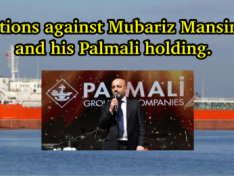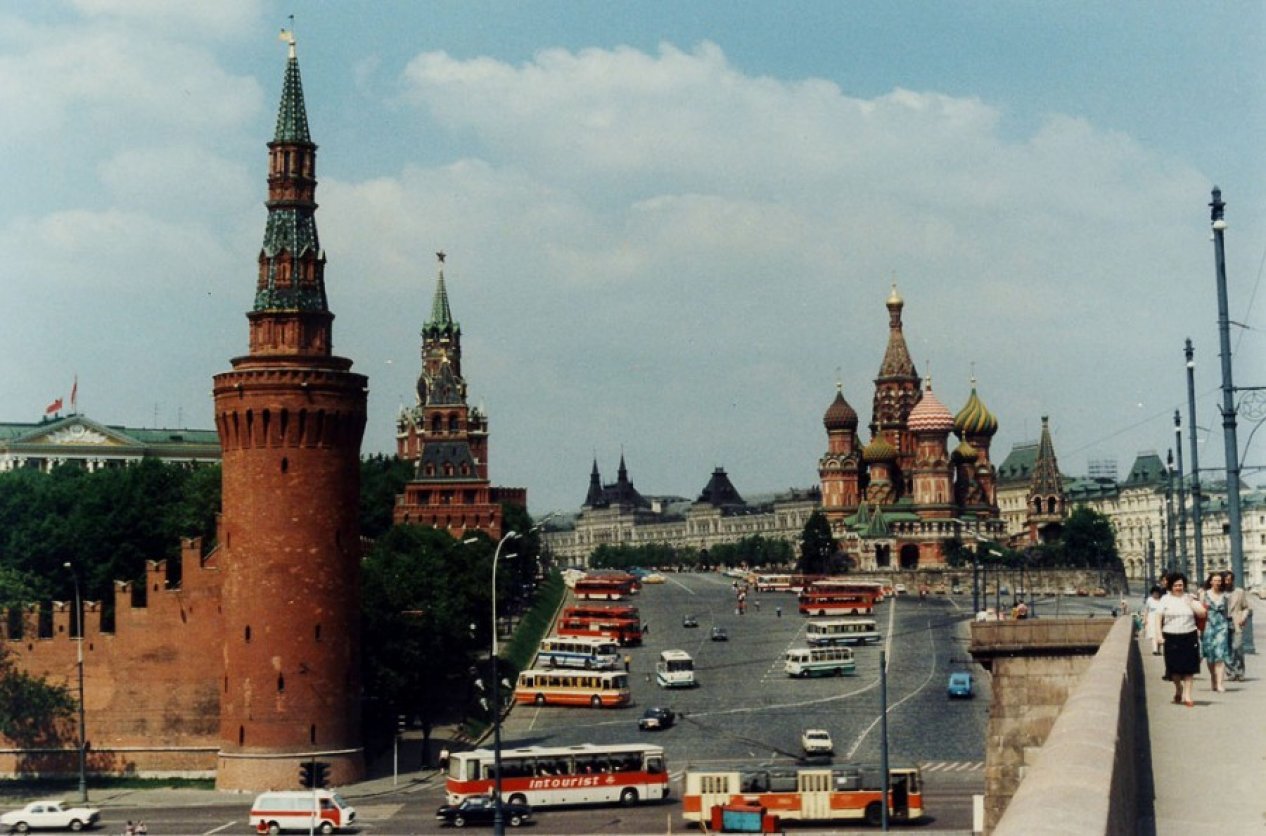
Former USSR President Mikhail Gorbachev raised the issue of the Karabakh conflict in his article “Understanding Perestroika, Defending New Thinking,” which was published in the magazine “Russia in Global Policy.” According to Gorbachev, in the late 1980s, he believed that reaching an agreement on the status of Karabakh was “a matter of the Armenians and Azerbaijanis, and the role of the union center is to help them normalize the situation, in particular in solving economic problems.”
Gorbachev stressed that he succeeded in developing a unified democratic approach to interethnic disputes, the essence of which was that national problems can be truly solved only in the general context of political and economic reform.
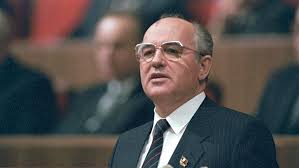
As noted in Azerbaijan, in 1985, with the coming to power of a supporter of Armenians, Gorbachev, Armenian separatists once again launched their activities.
While the Armenian separatist terrorists launched their activities, it became clear that the Central Committee of the Communist Party of the Soviet Union and the Soviet government are not interested in a real assessment of the situation. Resolution of March 24, 1988 “On measures to accelerate the socio-economic development of the Nagorno-Karabakh Autonomous Oblast of the Azerbaijan SSR in 1988-1995” was deliberately aimed at concealing this fact as an act of separatism. This support further inspired the Armenian separatists and intensified their aggression.
This opinion could be considered propaganda if there were no other facts confirming the view of the Azerbaijani side on the issue.
Even before the conflict began, in November 1987, Abel Aganbegyan, one of Gorbachev’s leading economic advisers, met with a group of French Armenians at the Intercontinental Hotel in Paris and offered them his vision of solving the problem: “I would be glad if Nagorno-Karabakh was returned to Armenia... As an economist, I believe that they have much closer ties with Armenia than with Azerbaijan. I have already made a similar proposal and I hope that these ideas will be implemented in the spirit of perestroika and democracy.”
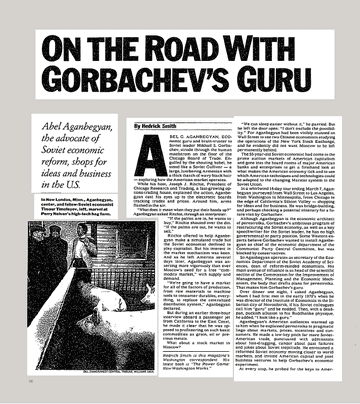
In 1988, The New York Times devoted an article to Aganbegyan’s visit to the US, in which it called him ‘the guru of economics and the inspirer of Soviet leader Mikhail Gorbachev.’ Aganbegyan’s opinion was published in the French communist newspaper L’Humanité, which was also circulated in the Soviet Union. It was from these revelations of the academician that the Azerbaijanis first learned about the Armenian campaign against them. Gorbachev neither directly nor indirectly denied his adviser. Therefore, the Armenians considered that such a bold statement by the economic adviser to the general secretary of the party was not accidental and most likely had been agreed with him in advance.
During perestroika, Gorbachev’s close circle had many Armenians in the role of ideological and economic advisers, heads of various departments of the Central Committee of the Communist Party, who openly, without looking back at the top officials of the state (rather even at their instructions), spoke in the pages of the Union and foreign press in favor of supporting the separatist movement in Karabakh. Thus, the discussion of the Karabakh issue gradually came out of its latent state.
Adopted on July 25, 1988 by the Central Committee of the Communist Party and the Presidium of the Supreme Soviet of the USSR, the Resolution “On practical measures to implement the Resolution of the Presidium of the Supreme Soviet of the USSR on the issue of Nagorno-Karabakh,” the introduction in January 1989 in Nagorno-Karabakh of special administration under the leadership of a representative of the Central Committee of the Communist Party and the Presidium of the Supreme Soviet USSR A.I. Volsky demonstrated that Moscow actually removed the NKAO from the subordination of the Azerbaijan SSR, thereby giving the Armenians the hope that the presence of the NKAO within Azerbaijan is now a formality, regardless of which, they can with redoubled force seek the de facto re-subordination of the region to the Armenian SSR. This double position of the allied Center continued to aggravate the conflict, gradually turning it into a military one, with the use of firearms and even missiles.
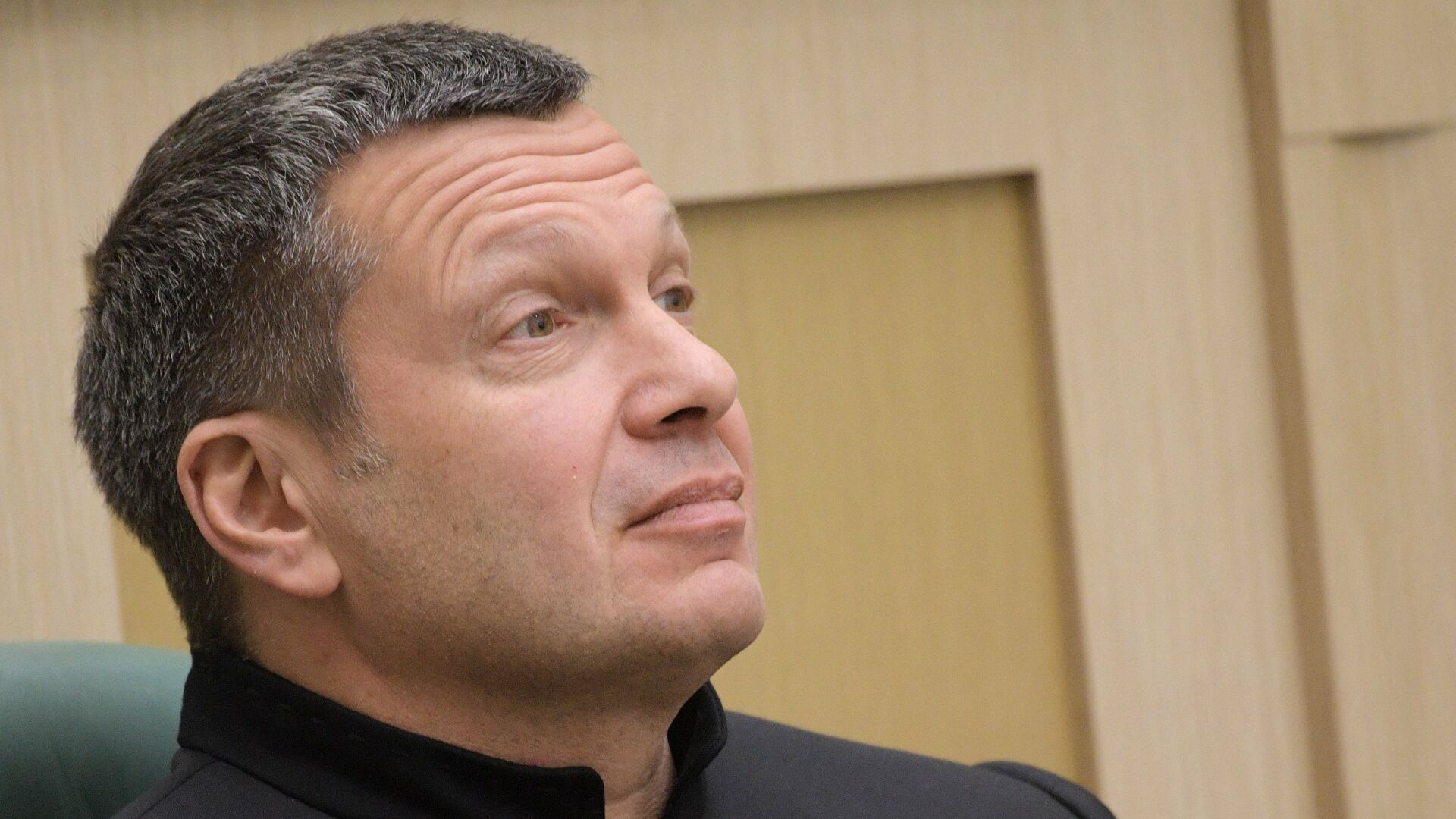
Russian TV presenter Vladimir Solovyov on October 1 on the radio ‘Vesti FM’ called Gorbachev and Yeltsin guilty of numerous conflicts in the national republics that were previously part of the USSR.
“Who ruled the USSR in 1988, when the events in Nagorno-Karabakh began? - Gorbachev. The same Gorbachev who received the Nobel Peace Prize. The same Gorbachev who is personally guilty of the fact that a large number of conflicts on ethnic grounds flared up on the territory of the Soviet Union at the same time,” Solovyov said.
While rallies were going on in Yerevan and Karabakh, Gorbachev received in Moscow members of the “Karabakh” committee, writers Silva Kaputikyan and Zoriy Balayan. Although during the meeting nothing was specified, except that the Karabakh issue would be considered at the Plenum on national issues, upon returning to Armenia, Kaputikyan stated that “the Armenians won” (later Kaputikyan said that she meant a moral victory).
Later, Kaputikyan herself wrote about the details of the meeting.
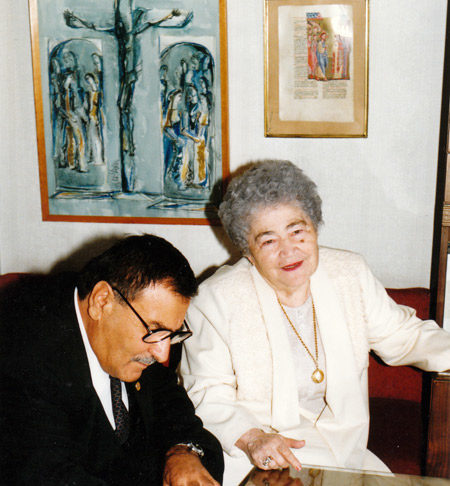
- The situation in Karabakh is as follows: they persecute all visitors from Armenia, and it is simply impossible to go there.
“Prohibitions that hinder relations between Armenia and Karabakh are a shame,” Gorbachev said. “It is necessary to provide the residents of Armenia with unhindered entry to Karabakh. We need to hold joint cultural events. Armenia has the right and must participate in the life of Karabakh.”
- Until the oblast is reunited, it will be nearly impossible. Azerbaijan won’t allow it.
- Azerbaijan should understand this itself. As for joining the region to Armenia, it is extremely difficult now. We have about 19 similar questions, and they all need to be considered.
Russian journalist Alexander Khinshtein, in his article in Literaturnaya Gazeta three years ago, called Gorbachev’s meeting with Kaputikyan and Balayan on February 26, 1988, a turning point, an event of truly historic proportions that provoked first blood. (Although the secretary general didn’t say anything definite to the writers' persuasion to transfer Karabakh to Armenia, the very fact of his receiving representatives of one warring side involuntarily convinced the other side of Moscow’s bias, since the participants themselves seemed glad.)
Writer and journalist Yuri Pompeyev wrote in his book “The Bloody Whirlpool of Karabakh” published in 1992:
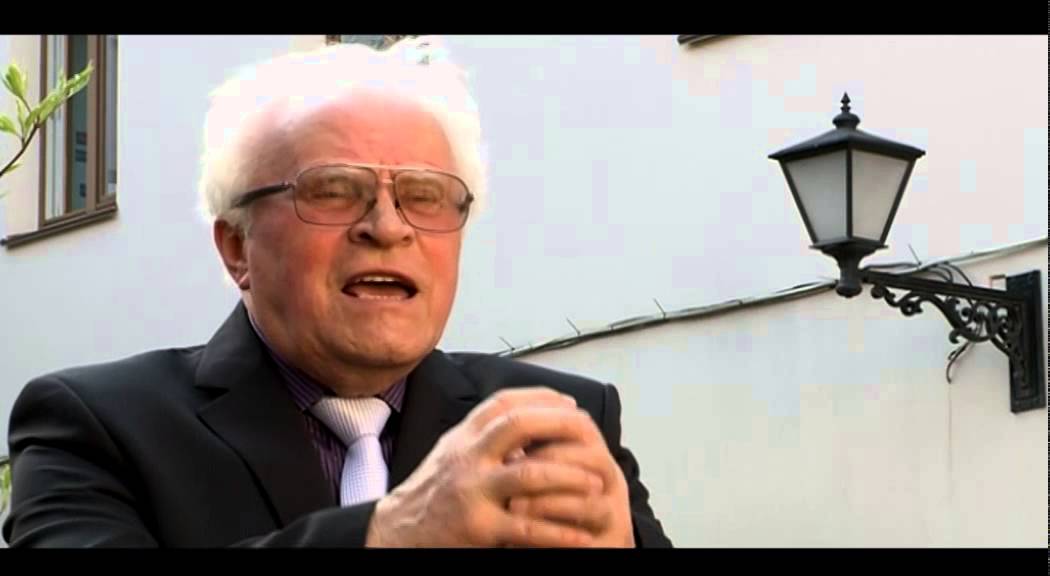
“Let me remind you once again that Georgy Shakhnazarov was and remains Gorbachev’s personal adviser, who arranged a personal meeting of the Secretary General with the Karabakh delegation. It was composed of Yerevan writers Zori Balayan and Silva Kaputikyan, who had already more than once publicly expressed their hatred towards the “Turks” - Azerbaijanis. The political hypocrisy of Gorbachev and the cynicism of his actions and inaction in creating whirlpools of interethnic passions are striking.”
Pompeyev also reminded that during the First Congress of People’s Deputies of the USSR, Gorbachev called off the deputy from Azerbaijan, People’s Writer Anar from the rostrum. “Everyone forgot how this ‘kind’ man removed People’s Deputy and People’s Writer of Azerbaijan from the rostrum of the first congress, not allowing him to speak even a word in defense of your people, insulted by the attacks.”
In 2017, the newspaper ‘Stavropolskaya Pravda’ published an article by Major General Georgy Septa “The Kremlin knew what was happening in Nagorno-Karabakh.” He writes the following:
“The duality and contradictions of the political line of the Kremlin leadership were fully manifested in the period preceding the sad events. During 1987, numerous appeals on the territorial issue were sent to the Central Committee of the Communist Party and the Supreme Soviet of the USSR in the absence of an unambiguous reaction, which encouraged the public presentation of territorial demands. Moscow didn’t discuss this topic with the leadership of Azerbaijan, and in general it was not officially informed about the appeals from the Armenian side.
...With the de facto neutral position of the ‘architects of perestroika,’ the movement for reunification continued through military actions against the civilian population. Violence gave rise to retaliatory violence. After a while, the conflict began to acquire an irreversible character.”
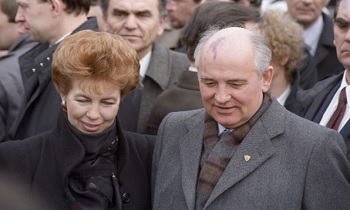
Finally, let’s remind about the close ties of the Gorbachev family with the Armenian diaspora. The Armenian media themselves write about the gifts presented to the Gorbachev couple before the start of the active phase of the conflict.
“One of Ivan Aivazovsky’s canvases was presented to Mikhail Gorbachev. There is information that the canvas was given to the wife of General Secretary Raisa Gorbacheva during her meeting with representatives of the Armenian diaspora at the USSR Embassy in Washington in 1987. Then the US Armenians gave to Raisa Gorbacheva a rare diamond brought from Iran.”
This means that the thoughts voiced in Gorbachev’s latest article don’t correspond to reality and serve only as an attempt for Gorbachev to justify himself.


